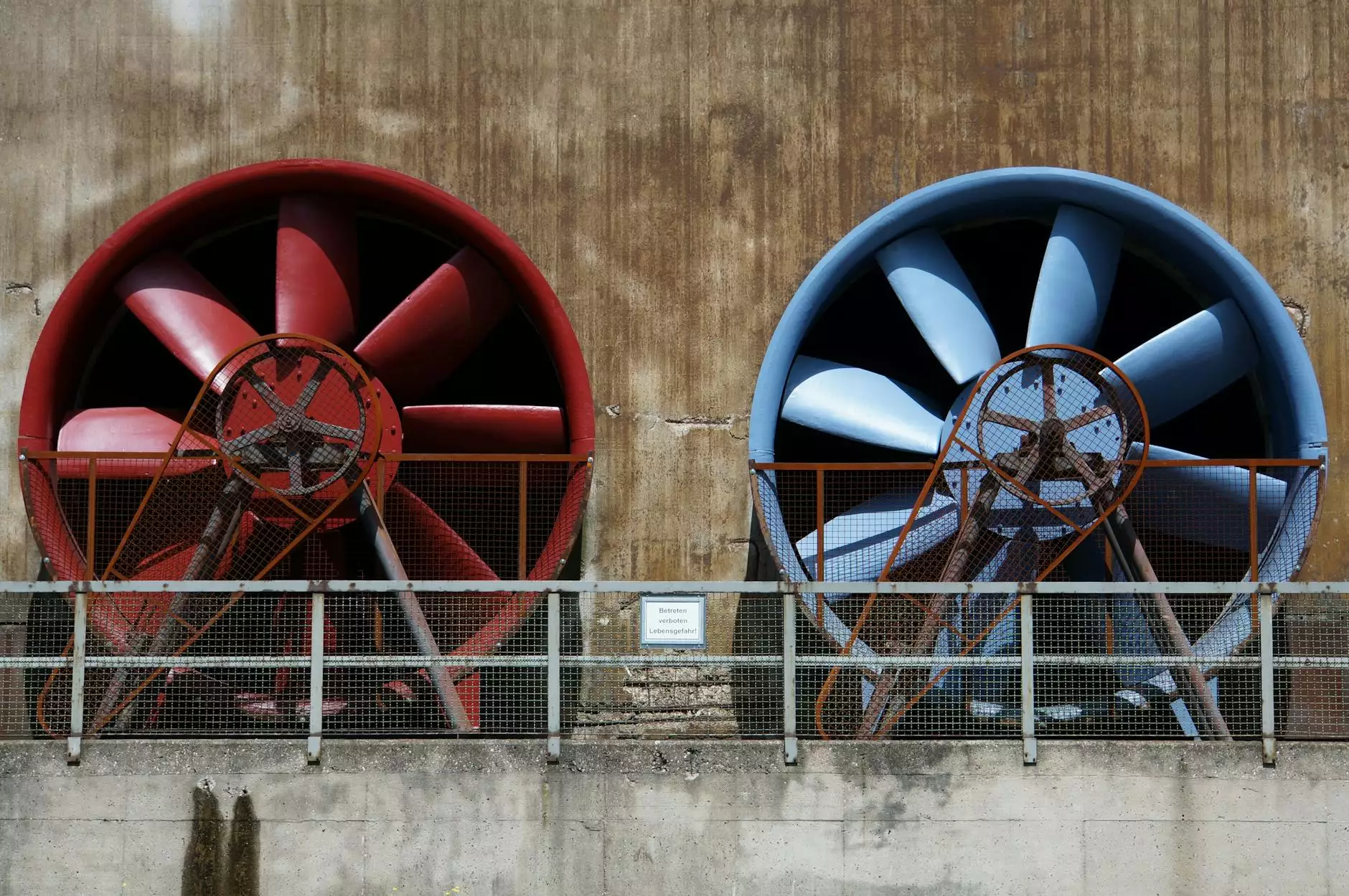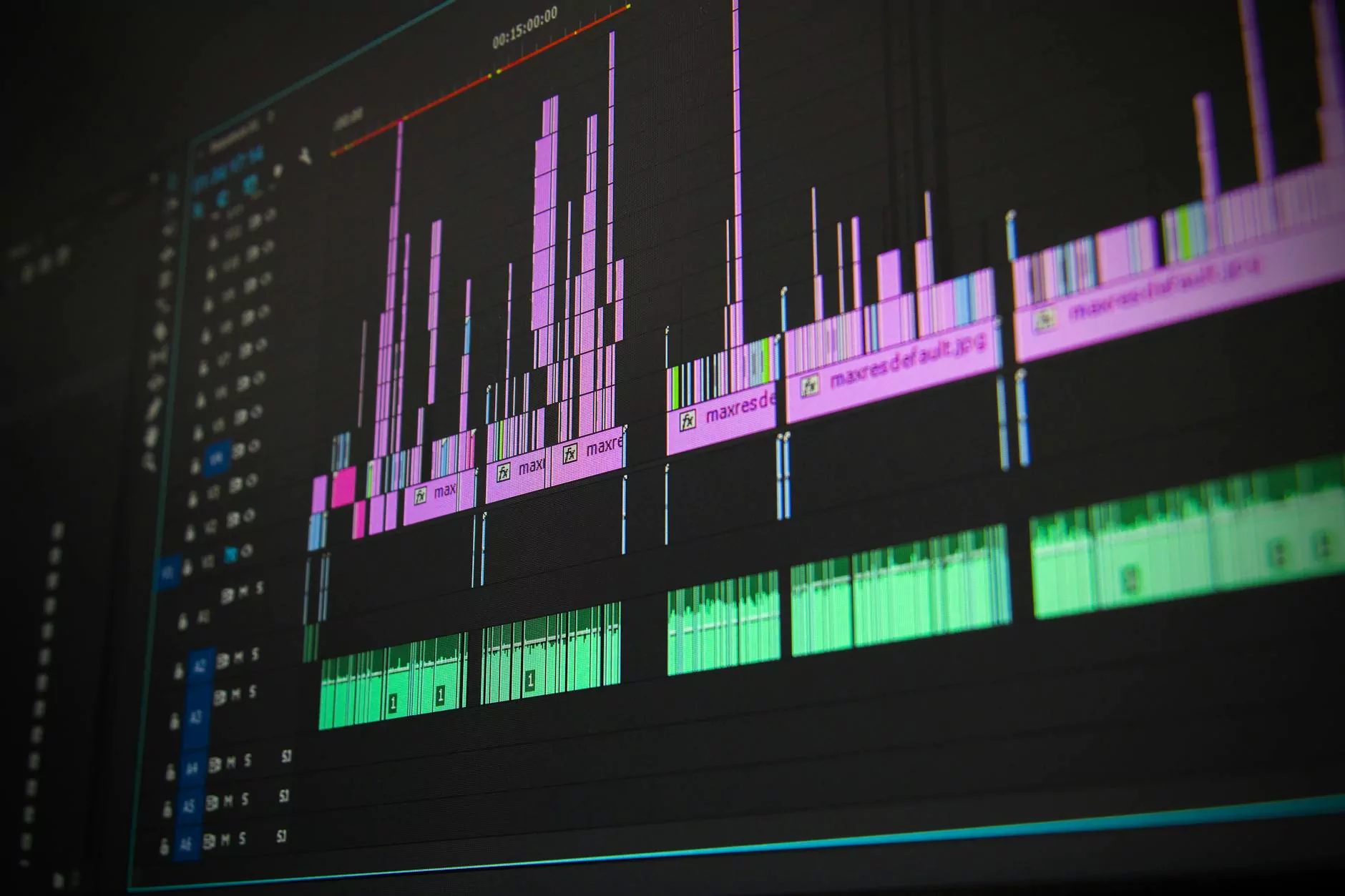Comprehensive Guide to Aluminum Scrap Categories: Unlocking Value in Scrap Trading

In the dynamic world of scrap trading, understanding the various aluminum scrap categories is essential for maximizing value, optimizing recycling processes, and establishing sustainable business practices. As the backbone of industrial recycling solutions, aluminum scrap plays a pivotal role in the global economy, environmental conservation, and profitable trade. Whether you are an industrial scrap buyer, a scrap trader, or a recycling facility operator, mastering the nuances of aluminum scrap categories empowers you to make informed decisions and capitalize on market opportunities effectively.
Why Aluminum Scrap Categories Matter in Scrap Trading
The classification of aluminum scrap into distinct categories enables traders and recycling centers to determine the quality, purity, and reuse potential of materials. Proper categorization influences pricing, logistics, and recycling processes, ensuring that each type of scrap is processed efficiently and profitably. Recognizing the specific aluminum scrap categories also helps in complying with environmental standards and market demands, thereby enhancing credibility and sustainability within the industry.
Overview of Aluminum Scrap: The Heart of Recycling Industries
Aluminum is celebrated for its lightweight, durability, and recyclability, making it one of the most sought-after metals in the recycling industry. Its widespread use across automotive, aerospace, construction, packaging, and electronics sectors results in a diverse array of scrap types. The versatility of aluminum necessitates a detailed understanding of its different scrap categories to leverage their unique characteristics for optimal value.
Major Aluminum Scrap Categories: Detailed Breakdown
Aluminum scrap is generally classified based on its form, purity, and source. These classifications directly influence processing methods, pricing, and end-use applications. The primary categories include:
1. Clean Aluminum Scrap
Clean aluminum scrap is highly pure and contains minimal contamination. It is typically free from impurities such as dirt, plastic, rubber, or other metals. Clean aluminum is classified into several subcategories:
- Aluminum Sheet and Rolled Product Scrap: Aluminum sheets, plate stock, and rolled aluminum sheets that are free from paint, coatings, or adhesives.
- Aluminum Foil: Used aluminum foil—clean and free of food residues or contaminants.
- Extrusions and Castings: Pure extruded aluminum profiles and castings with minimal impurities.
The benefits of clean aluminum scrap include higher resale value and easier processing for melting and manufacturing new products.
2. Dirty or Contaminated Aluminum Scrap
This category involves aluminum that contains various impurities, such as paint, adhesives, plastic coatings, or other metals. Types include:
- Painted or Coated Aluminum: Metal with paint, anodizing, or other surface treatments.
- Mixed Aluminum Scrap: Scrap mixed with non-aluminum metals or containing varying impurities.
- Aluminum Cans with Residue: Includes beverage cans with adhesives or residual liquids.
Although contaminated aluminum is generally less valuable, it is still crucial in many recycling streams and can be processed after sorting and cleaning.
3. Aluminum Chips and Shavings
Generated during machining, manufacturing, and fabrication processes, aluminum chips and shavings represent a significant scrap source. They require specialized handling for transportation and melting, but offer high-quality feedstock for recycling.
4. Aluminum Scrap Bales
Compressed aluminum scrap into bales facilitates easier transportation and handling. Bales can contain various aluminum types, from clean sheets to mixed alloys, and are common in large-scale recycling operations.
Specialized Aluminum Scrap Categories Based on Alloy Types
Beyond contamination levels, aluminum scrap can also be categorized based on alloy compositions, which greatly influence its recycling value and end-use applications. The primary alloy groups include:
- 1000 Series: Pure aluminum (>99% aluminum), used in electrical wiring and chemical equipment.
- 2000 Series: Aluminum-copper alloys, prominent in aerospace but less recyclable due to corrosion issues.
- 3000 Series: Aluminum-manganese alloys, common in beverage cans and roofing sheets.
- 4000 Series: Aluminum-silicon alloys used in automotive and industrial applications.
- 5000 Series: Aluminum-magnesium alloys, valued for marine and structural applications.
- 6000 Series: Aluminum-magnesium-silicon alloys, widely recycled for its versatility and excellent mechanical properties.
- 7000 Series: Aluminum-zinc alloys, used in aerospace but challenging to recycle due to alloy complexity.
Recognizing alloy types aids industrial scrap buyers in sorting and processing scrap, ensuring high-yield recycling and maximizing profitability.
The Role of Recycling Solutions in Optimizing Aluminum Scrap Categories
Efficient recycling solutions are central to unlocking the full value of aluminum scrap categories. Advanced sorting technologies, such as eddy current separators, magnetic separation, and spectroscopic analysis, enable precise segregation of aluminum types and contamination levels. These innovations facilitate:
- Higher Purity: Ensuring that recycled aluminum meets industry standards.
- Cost Reduction: Minimizing processing and transportation costs through effective sorting.
- Market Responsiveness: Quickly adapting to changing demand for specific aluminum grades.
- Sustainability: Reducing waste and conserving natural resources by maximizing recovery rates.
How Scrap Trading Center Facilitates Aluminum Scrap Trading
ScrapTradingCenter.com stands out as a premier platform that connects industrial scrap buyers, sellers, and recycling solution providers. Our comprehensive approach includes:
- Expert Market Insights: Providing up-to-date information on aluminum scrap categories and market trends.
- Wide Network: Facilitating trustworthy transactions among verified industrial scrap buyers and suppliers.
- Innovative Sorting and Recycling Technologies: Promoting best practices and solutions for efficient scrap processing.
- Customized Recycling Programs: Tailored to the specific needs of industries and recyclers to enhance recovery and profitability.
Benefits of Properly Categorized Aluminum Scrap for Industry Stakeholders
Proper categorization of aluminum scrap results in numerous benefits for all stakeholders, including:
- Increased Market Value: Selling high-purity, well-sorted scrap fetches better prices.
- Enhanced Recycling Efficiency: Streamlined processes reduce waste and energy consumption.
- Environmental Impact: Recycling aluminum reduces energy use by up to 95% compared to primary production, significantly lowering carbon footprint.
- Regulatory Compliance: Meeting environmental standards and export/import regulations with well-documented scrap categories.
- Business Growth: Establishing reputation for sustainability and quality attracts more clients and partners.
Future Trends and Innovations in Aluminum Scrap Recycling
As the industry evolves, innovations such as artificial intelligence (AI) for sorting, advanced melting techniques, and sustainability initiatives are shaping the future of aluminum scrap categories management. Emphasis on circular economy principles encourages efficient use and reuse of aluminum, reinforcing its status as a sustainable and valuable resource.
Additionally, increased global demand for aluminum in electric vehicles and renewable energy infrastructure catalyzes investment in high-quality aluminum scrap categories processing capacity.
Conclusion: Maximize Value Through Knowledge of Aluminum Scrap Categories
Understanding the aluminum scrap categories is essential for anyone involved in scrap trading, recycling solutions, or industrial procurement. Accurate classification and management of scrap types lead to enhanced profitability, operational efficiency, and environmental stewardship. Companies, recyclers, and traders who invest in advanced sorting and comprehensive market insights will be better positioned to thrive in the competitive landscape of aluminum recycling.
At ScrapTradingCenter.com, we are committed to supporting your success by providing expert guidance, innovative solutions, and a trusted marketplace for all aluminum scrap categories. Embrace the potential of aluminum recycling today to build a sustainable and profitable future.








